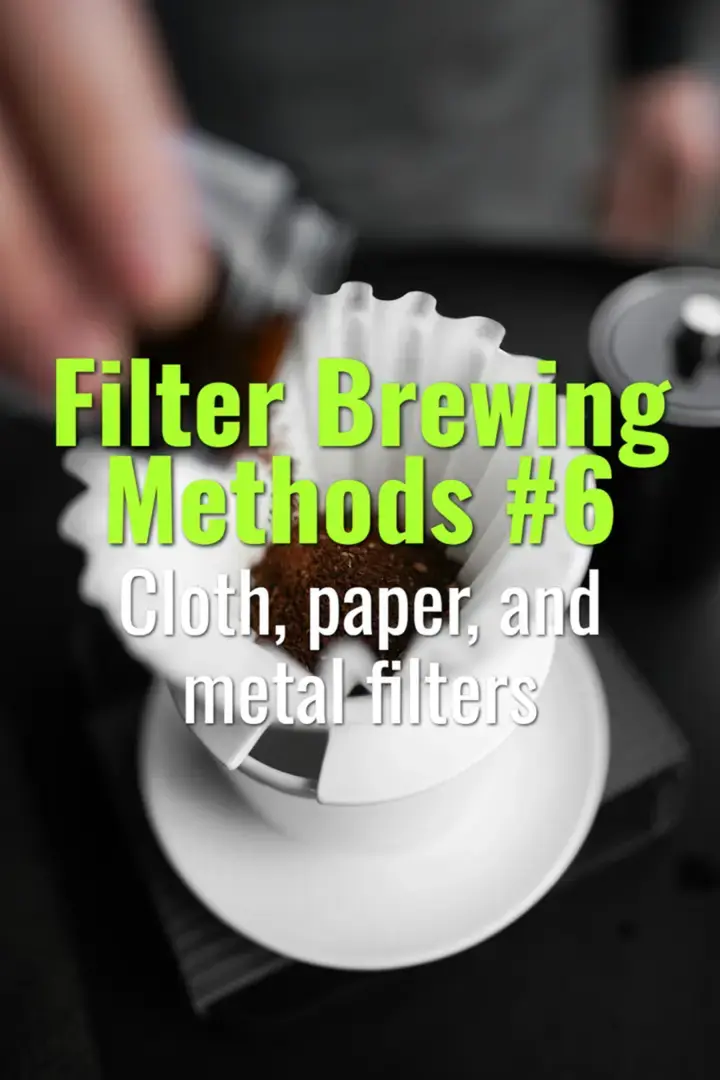Cloth, paper, and metal filters
How different filter materials—cloth, paper, and metal—affect flow rate, flavor clarity, and body in brewed coffee.
- Coffee Basics Nerds
- 1 min read

Filter Material Comparisons
-
Cloth Filters:
-
Allow some oils through while retaining most fines.
-
Produce a clean but full-bodied cup.
-
Reusable but require thorough cleaning to avoid rancid flavors.
-
Common in traditional Japanese siphon brewing.
-
Paper Filters:
-
Trap oils and fine particles effectively.
-
Yield a bright, clean, and high-clarity cup.
-
Single-use, available bleached (cleaner taste) or unbleached (may impart papery notes if not rinsed).
-
Standard in V60, Chemex, Kalita, and Melitta.
-
Metal Filters:
-
Stainless steel or mesh designs allow oils and fines into the cup.
-
Produce heavier body and richer mouthfeel.
-
Reusable and durable, but harder to clean thoroughly.
-
Used in French press, AeroPress metal disks, and some pour-over devices.
Practical Considerations
- Flavor: Paper → clarity; Metal → body; Cloth → balance.
- Maintenance: Paper → disposable; Cloth → high cleaning demand; Metal → reusable but prone to buildup.
- Environmental Impact: Cloth and metal are sustainable options; paper creates waste but offers convenience.
Summary
Filter material choice significantly affects coffee’s clarity, body, and flavor expression. Paper emphasizes brightness, metal emphasizes richness, and cloth offers a middle ground—making filter selection a key variable in brewing design.